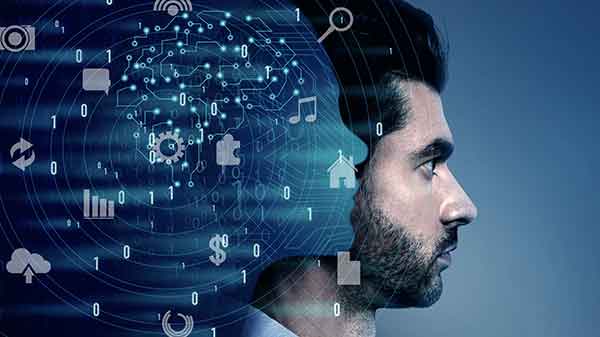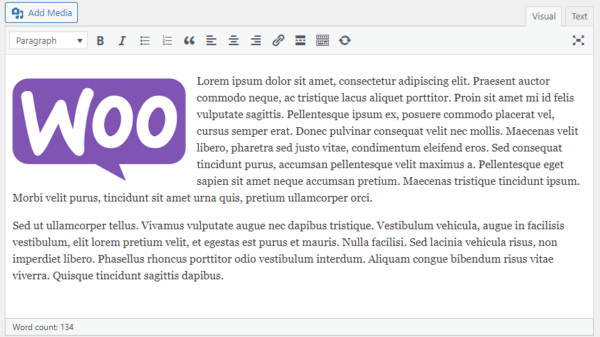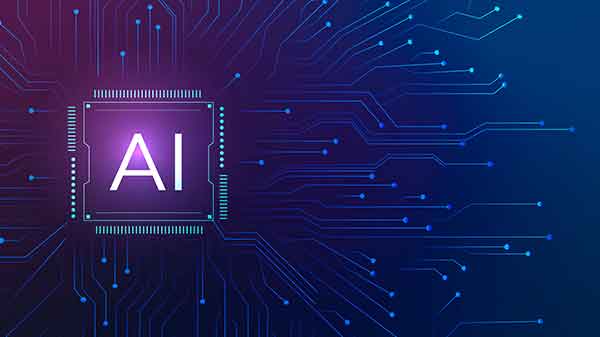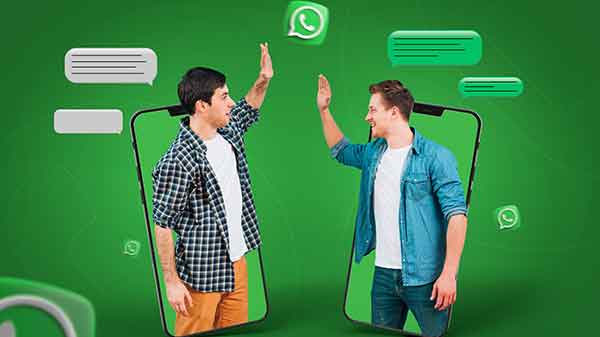What Benefits Come with Using ChatGPT?
- Makes education more accessible
ChatGPT lowers barriers for non-English speakers and those with disabilities, hence increasing accessibility to education.
For instance, pupils who are blind or visually impaired, ChatGPT can shout out the responses. For students with learning difficulties, it can also serve as a summary of the concepts or subjects covered in a course. It also makes it possible for students to ask questions aloud who struggle with typing or using a keyboard.
In addition, ChatGPT may translate English content into a language that students are familiar with, making it easier for them to comprehend the course material.
- Offers Homework Assistance
Traditionally, students would search the internet and their textbooks for pertinent information for their assignments. In contrast, ChatGPT facilitates assignment completion and saves time.
ChatGPT provides explanations and examples in response to questions typed by students for assignments. It gives pupils a different approach to responding to assignment questions. Additionally, it provides academic words, phrases, and sentence patterns that are pertinent to a specific context, which enhances students’ writing abilities and academic vocabulary.
- Offers Support to Teachers
In higher education, ChatGPT can help instructors in the following ways:
- It has the ability to create thorough lesson plans for classes.
- It can produce multiple choice questions (MCQs), true/false, fill in the gaps, and more for a quiz or class test.
- It may evaluate homework completed by students and help instructors mark assignments and give helpful criticism.
- It can grant access to URLs that lead to extra learning materials for a given course.
- It can provide pointers and strategies for raising student participation and decreasing disruptive conduct in the classroom.
- Customizes Education
ChatGPT offers a customized learning experience by recognizing the different learning styles of its users. It has the ability to evaluate students’ academic progress and design the course to fulfill their needs.
Students can learn at a comfortable pace and fully comprehend difficult subjects with Chat GPT. By using ChatGPT to interact in a unique way with text-based research or learning materials, they can instantly access more instructional content. In addition, they can use ChatGPT’s customized and tailored criticism to raise the caliber of their academic works.
- Assists with Exam Planning
Students can use ChatGPT to help them study for upcoming exams. Their lecture notes can be summarized, with a focus on important terms. It can assist them in formulating the perfect response to a crucial query. It can also provide practice questions to assist students in identifying their areas of strength and weakness related to the subject matter.
What Drawbacks Are There to ChatGPT Use?
- Insufficient Integrity in Academics
Using ChatGPT in higher education is primarily concerned with maintaining academic integrity. A lot of teachers think that using ChatGPT for writing assignments will just encourage plagiarism and cheating. Because ChatGPT produces results rapidly, it will hinder students’ capacity for critical thought, brainstorming, and creative problem-solving.
- Presents False Information
Although the material offered by ChatGPT may appear believable and well-written, it may not always be factual and lacks perspective. Determining precisely which parts of the material are false might be challenging. Students’ ability to study and make decisions may suffer as a result.
- Prejudiced Reactions
Large datasets are used to train AI chatbots. It is likely that some of the responses generated by Chat GPT will be skewed if biases are present in the dataset. These prejudices are detrimental because they might intensify discrimination against particular groups of individuals and foster an unwholesome atmosphere.
- Insufficient Information
Despite having a vast amount of information at its disposal, ChatGPT is still unable to access some information. It might not be able to offer insightful responses on specialized issues as a result. It could also be ignorant of the most current advancements in various industries.
- Incapacity to Multitask and Comprehend Situation
Only one job and one query can be completed by ChatGPT at a time. When a student asks more than one question at once, ChatGPT could find it difficult to prioritize and might even slow down without answering every question.
In addition, ChatGPT may have trouble comprehending the subtleties and context of spoken language. For example, ChatGPT might not recognize humor or sarcasm in a student’s inquiry and reply with something unrelated.
- Insufficient EI
In educational settings, emotional intelligence (EI) is crucial. An instructor who is human can relate to pupils’ emotions and act appropriately. An instructor can offer emotional support when things are hard. With virtual chatbots like ChatGPT, it isn’t the case because they don’t have emotional intelligence (EI) and can’t understand human emotions. Despite their apparent empathy, they are unable to react correctly to the range of complicated human emotions.
The Final Word
On the one hand, ChatGPT is a very useful tool that can be used to build customized interactive courses, improve accessibility to education for individuals with disabilities, help teachers create lesson plans, and much more. However, ChatGPT has a number of drawbacks, such as its propensity to provide biased responses, erroneous information, incapacity to multitask, and more.
























